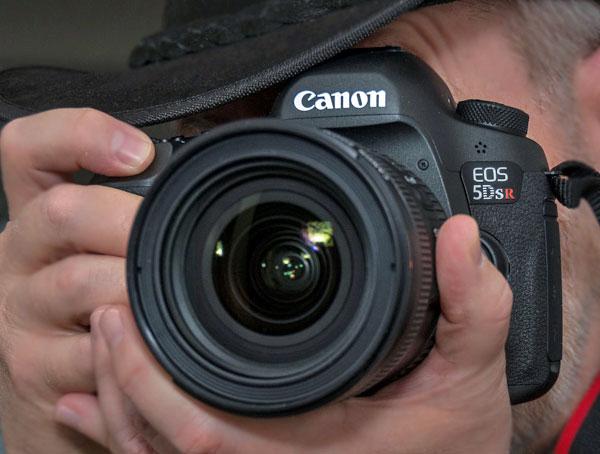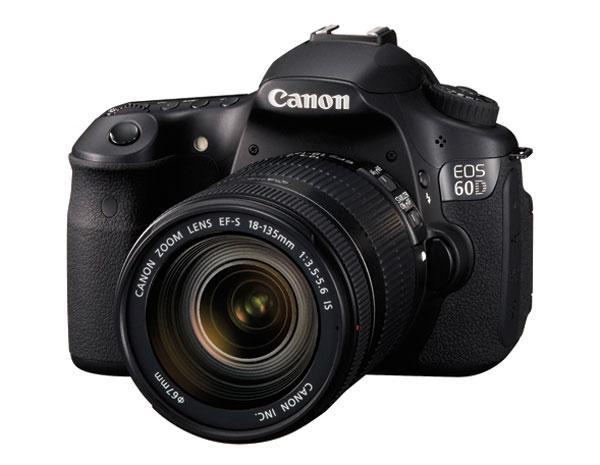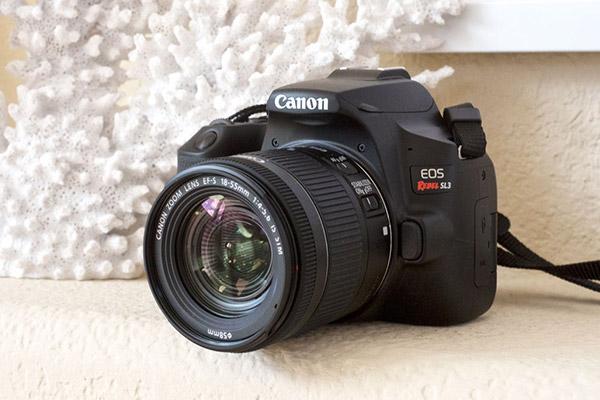DSLR Reviews
Sort By: Post DateTitle Publish Date
|
May 28, 2015
|
Nov 08, 2011 |
First Published: Oct 01, 2011
|
Jul 05, 2013 |
First Published: Jun 01, 2013
|
Mar 25, 2014 |
First Published: Feb 01, 2014
|
Nov 05, 2019
|
Feb 07, 2018
|
May 31, 2019 |
First Published: May 30, 2019
|
Feb 09, 2012 |
First Published: Jan 01, 2012
|
Jan 11, 2012 |
First Published: Dec 01, 2011
















